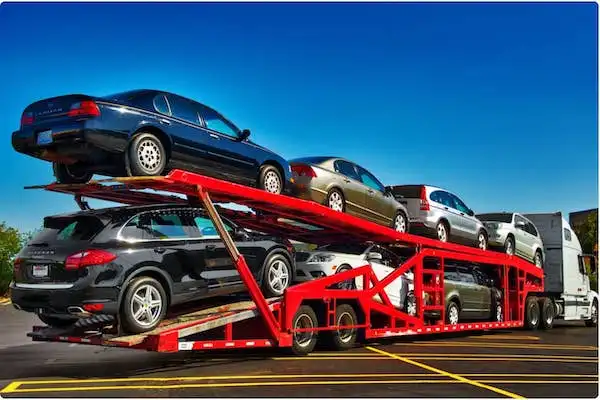
Shipping a car can be a daunting task, especially if you are doing it for the first time. Whether you’re moving to a new city, buying or selling a vehicle long distance, or sending a car to a family member, it’s important to understand the ins and outs of the process. Here’s a comprehensive guide on what you need to know before shipping your car.
1. Choosing the Right Auto Transport Company
Research Thoroughly: Start by researching potential auto transport companies. Look for companies with good reputations, high reliability, and positive reviews from customers. Websites like the Better Business Bureau (BBB), Transport Reviews, and Google Reviews can provide insights into the company’s performance and customer service.
Verify Credentials: Ensure that the company is registered with the Department of Transportation (DOT) and has a valid DOT number. This signifies that they are legally authorized to transport vehicles. It’s also beneficial if they are members of the American Moving and Storage Association (AMSA).
Compare Quotes: Obtain quotes from multiple companies to compare prices. Be wary of quotes that are significantly lower than others as they might indicate hidden fees or less reliable service.
2. Understanding the Types of Shipping Options
Open vs. Enclosed Transport: The two main types of transport are open and enclosed. Open transport, the more economical option, involves shipping your car on an open trailer. This is generally safe but exposes the vehicle to the elements and potential road debris. Enclosed transport offers more protection against weather and dirt but comes at a premium cost.
Door-to-Door vs. Terminal-to-Terminal: Door-to-door shipping provides the convenience of picking up and delivering the car as close to your specified locations as possible. Terminal-to-terminal may require you to drop off and pick up the vehicle at a specified location, which can be less expensive but more cumbersome.
3. Preparing Your Car for Transport
Clean Your Car: Cleaning your car allows for more accurate inspection before and after transport. This helps in identifying any new scratches or damages that occurred during the shipping process.
Document Pre-Existing Damage: Take detailed photos and a video of your car from different angles, and document any existing dents or scratches. Ensure that this inspection is done in good lighting to capture the true condition of your vehicle.
Secure or Remove Accessories: Remove any custom accessories or loose items from your car as they may be lost or damaged during transit. Secure anything that can’t be removed, such as spoilers or mirrors.
Maintenance Check: Perform a basic maintenance check before ship your car. Check fluid levels, tire pressure, and battery to ensure that your car is in good working condition. This is especially important because the car may need to be driven onto and off the carrier.
Disable the Alarm: If your car has an alarm system, make sure it is disabled before transport to prevent it from going off during the journey.
4. Insurance and Protection
Check Insurance Coverage: Verify the transport company’s insurance policy. Ensure that it is sufficient to cover your vehicle against all possible damages during transit. Ask for a copy of the insurance policy and understand what is covered and what isn’t.
Consider Additional Insurance: If the coverage provided by the transport company does not satisfy you, consider purchasing additional insurance to ensure your vehicle is fully protected.
5. During the Transport
Stay Informed: Communication is key during the transport of your vehicle. Ensure that the transport company can update you regularly about the status of your shipment. Some companies offer tracking systems that allow you to monitor your vehicle’s journey.
Be Available: Make sure you or an authorized representative is available to receive the car at the delivery location. Verify the condition of the vehicle upon arrival and compare it against the initial inspection report.
6. After Delivery
Inspect the Vehicle: Conduct a thorough inspection of your vehicle once it arrives. Check for any damages or discrepancies from the initial report. If there are any issues, report them immediately to the transport company to resolve the claims.
Review the Experience: After everything is completed, take the time to review your experience with the auto transport company. This not only helps future customers but also encourages companies to maintain a high standard of service.
Shipping a car doesn’t have to be stressful if you know what to expect and prepare accordingly. By choosing the right transport company, understanding your shipping options, preparing your vehicle properly, and knowing about insurance and the transport process, you can ensure that your car arrives safely at its destination.









